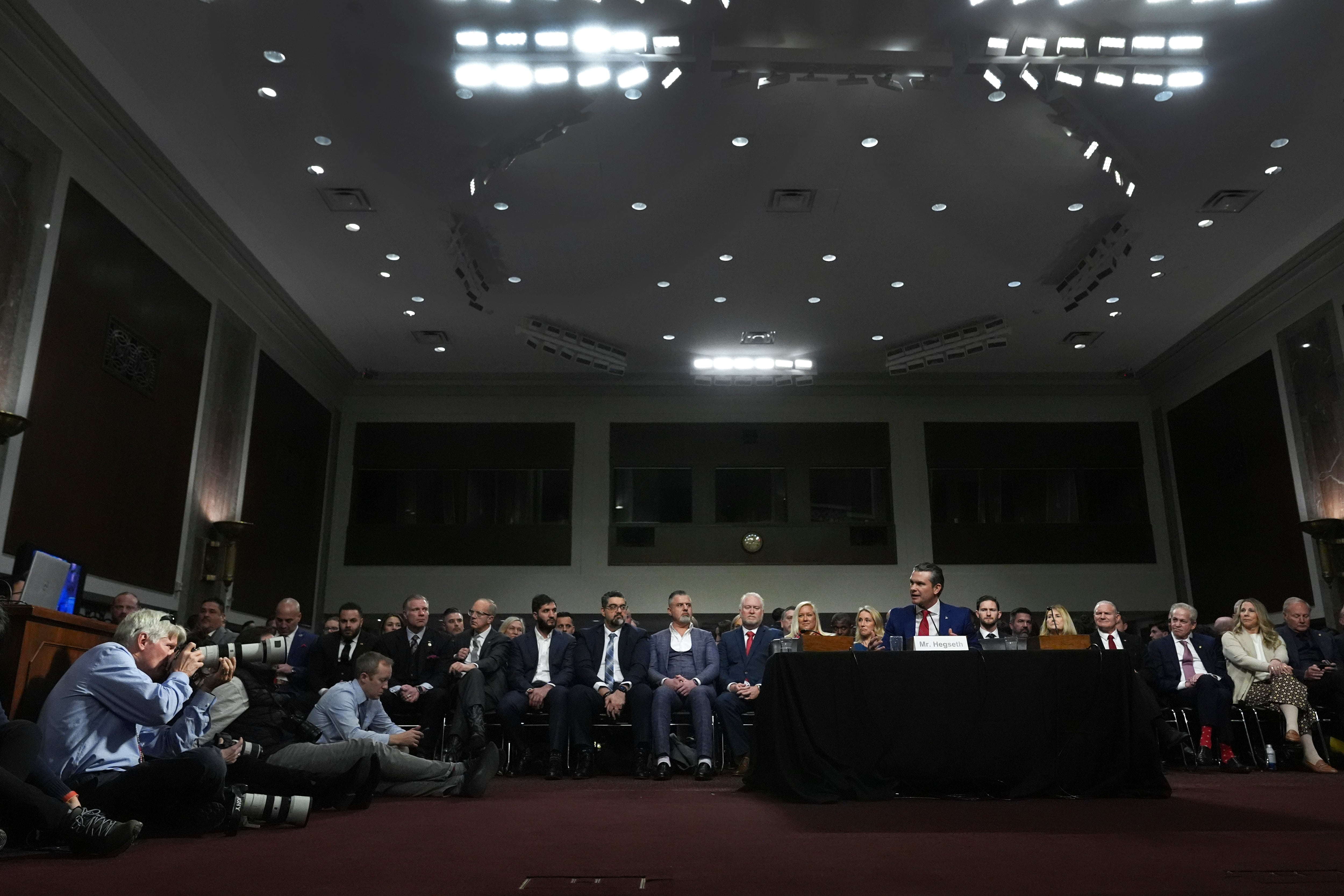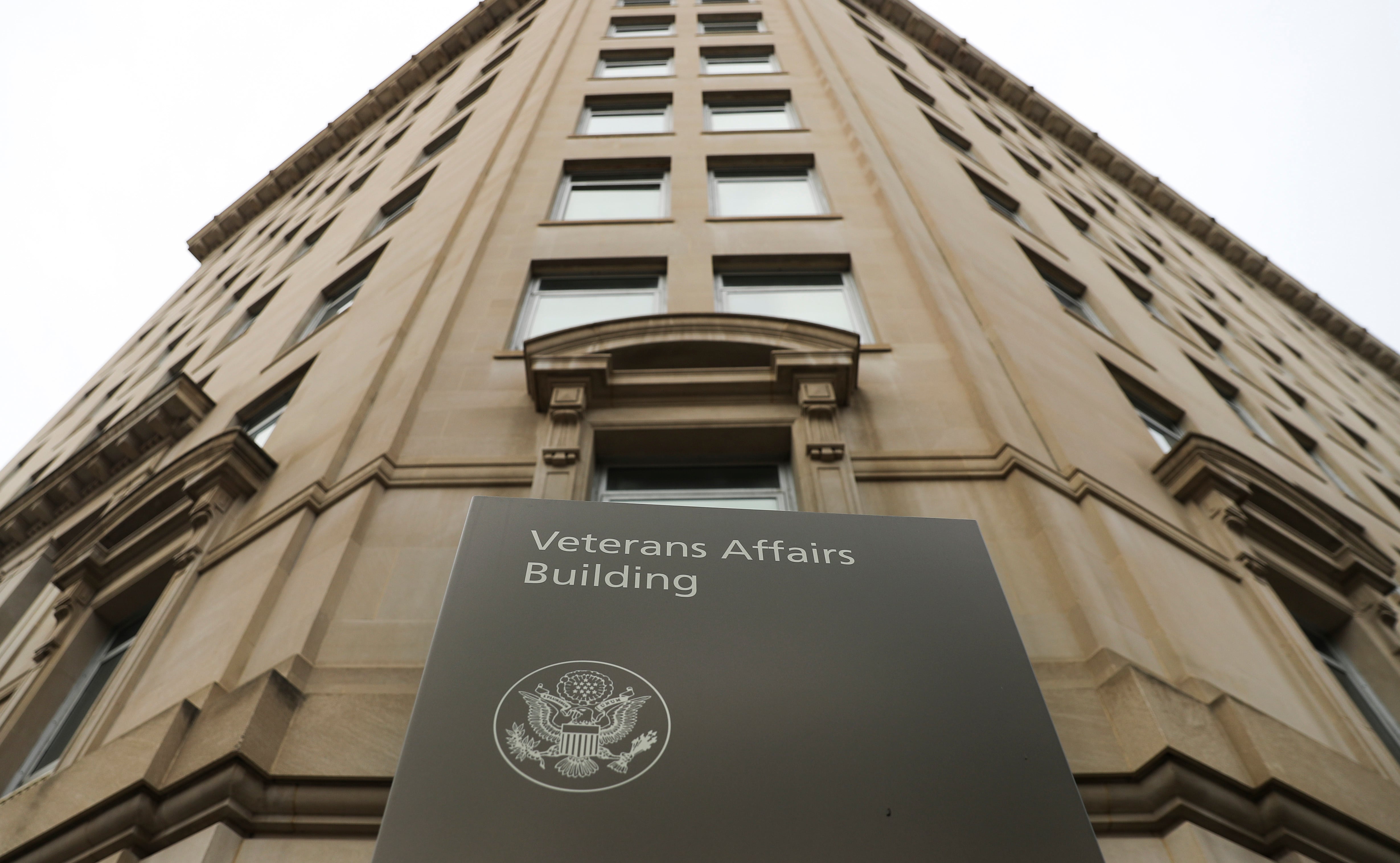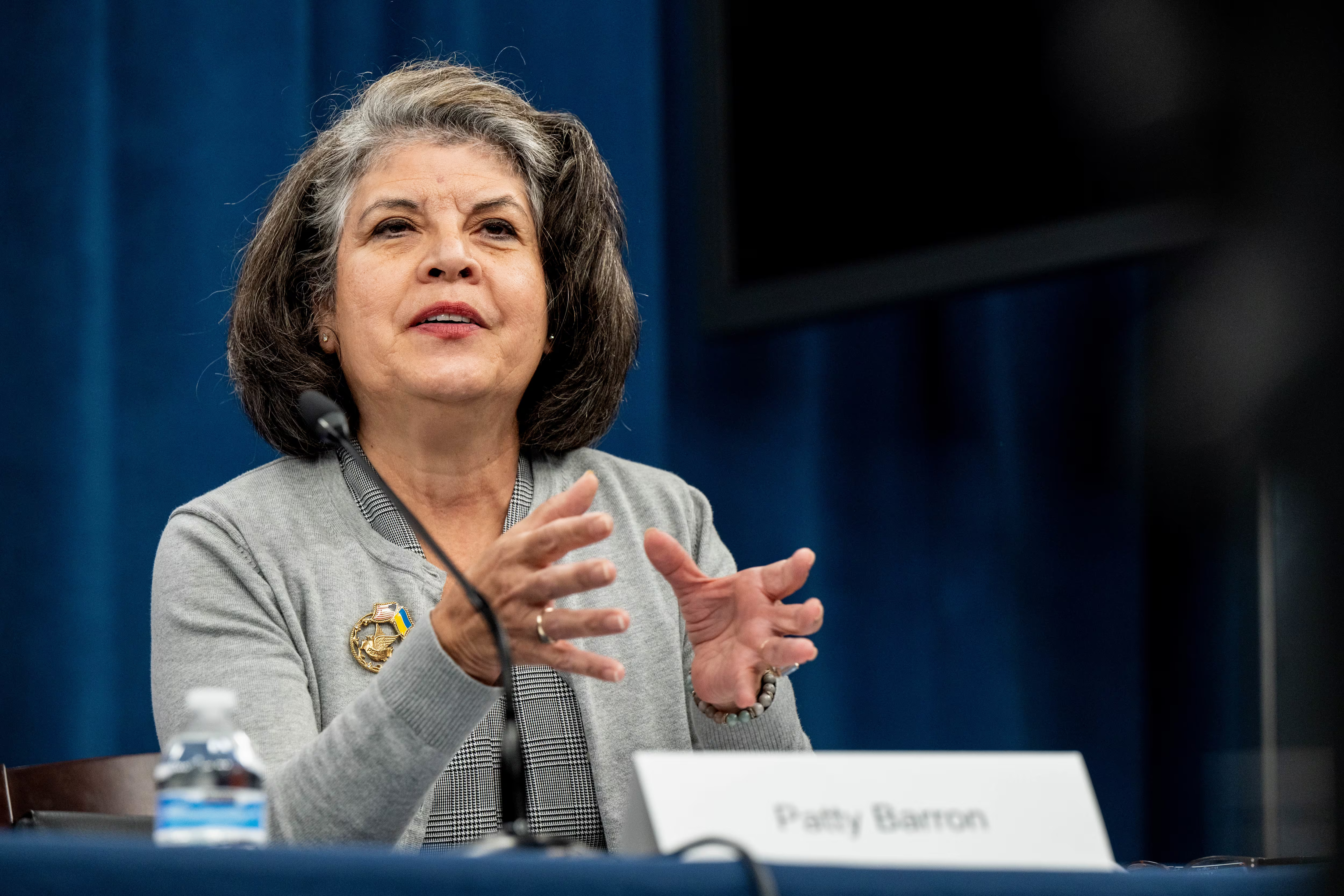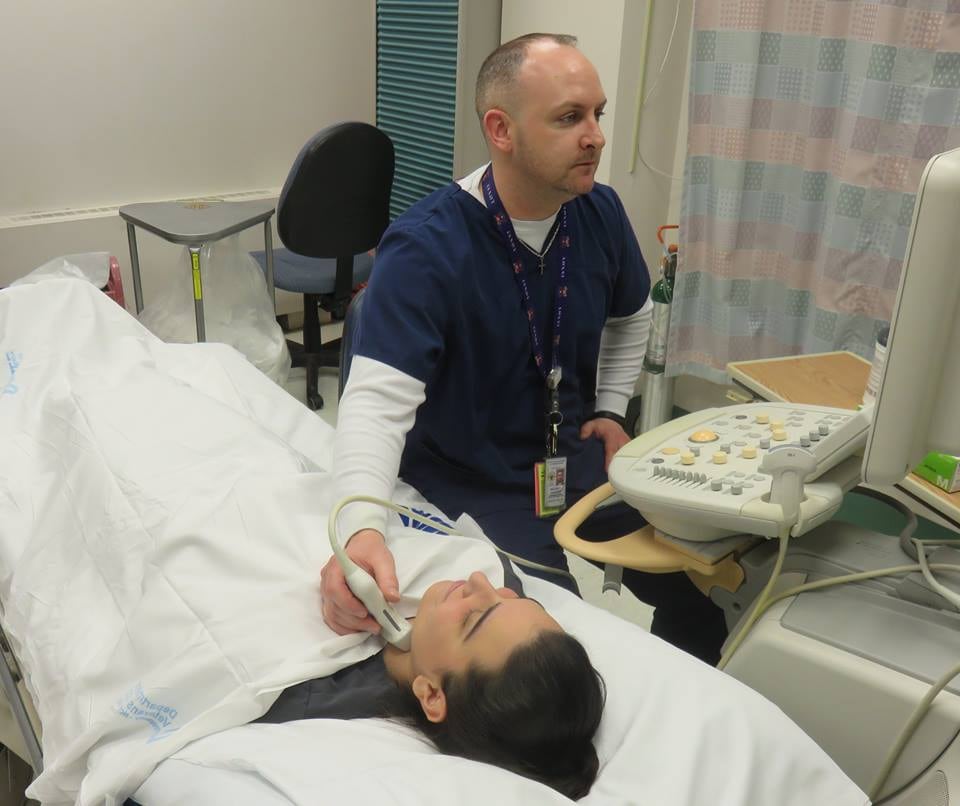WASHINGTON — The Pentagon has sent proposed legislation to Capitol Hill that would help clarify the role of the Space Force and fill in some details on how the new service will be organized.
But while the proposal was initially anticipated to answer some major questions — like whether the service will have a vice chief or how to incorporate the Guard and Reserve forces — the version sent to Capitol Hill earlier this month kicks most of those issues down the road.
Instead of submitting a single proposal, the Pentagon has split the more controversial policy issues into a separate document currently under consideration by the Office of the Secretary of Defense.
Defense News obtained a copy of the legislative proposal submitted to Congress on March 6. In a statement, Pentagon spokesman Lt. Col. Uriah Orland characterized it as containing technical and conforming amendments necessary “to fully integrate the U.S. Space Force as a separate service” and give it parity with the other branches of the military.
“The Department will continue to work with Congress on possible additional authorities to enable the effective stand up of the Space Force, and we look forward to our continued work with Congress on the fiscal year 2021 National Defense Authorization Act,” he said.
The March 6 proposal outlines a couple new details and clarifications. For one, it gives the president the power to appoint an Air Force general to the role of Chief of Space Operations until December 20, 2023 — giving the military some time to roll its space officer corps into the Space Force. Gen. John “Jay” Raymond currently holds this position and is the sole official member of the Space Force.
The proposal also includes language meant to ensure that the general officer chosen to lead the Space Force maintains a tight relationship with the rest of the services. The proposal mandates that the president may only nominate an officer that has “significant experience on joint duty assignments,” including “one full tour of duty in a joint duty assignment … as a general officer.”
In addition, the proposal grants the Air Force secretary, who is also the civilian leader of the Space Force, the authority to divide the service into different organizations and to assign Space Force officers to command the service’s installations, activities and personnel.
Much of the proposal’s 61 pages are dedicated to broadening existing statutes in U.S. Code Title 10 to include the Space Force. Title 10 lays out the foundational organization and responsibilities of the military services.
In some cases, the language specifies where some of the Air Force’s existing infrastructure will also be shared with the Space Force. For example, the inspector general of the Air Force would be renamed the “the Inspector General of the Department of the Air Force.” If agreed to by Congress, the position would be open to Space Force officers and that official’s duties would also include conducting oversight of the new space service.
The Air Force and Space Force will also share a surgeon general, chief of chaplains, judge advocate general and deputy judge advocate general — a decision that will serve to save money and limit duplication.
The Space Force hasn’t decided what it will call its members, and it hasn’t chosen whether it will adopt a rank structure that mirrors the Air Force — with a general at the top — or an alternative naming convention. So some of the changes made in the legislative proposal would revise existing statutes to also apply to members of the Space Force.
For example, students going through the Air Force Academy will now be referred to broadly as “cadets,” not “Air Force cadets,” and professors at the academy will either be Air Force colonels, lieutenant colonels or the equivalent rank in the Space Force.
“The Department is currently engaged in an evaluation of the appropriate grade structure for the Space Force and this proposal allows Space Force members to be treated equally to their counterparts in the other Armed Forces, while maintaining the opportunity for the Department to determine the appropriate grade structure for the Space Force,” the department writes in its summary of the proposal.
Valerie Insinna is Defense News' air warfare reporter. She previously worked the Navy/congressional beats for Defense Daily, which followed almost three years as a staff writer for National Defense Magazine. Prior to that, she worked as an editorial assistant for the Tokyo Shimbun’s Washington bureau.





